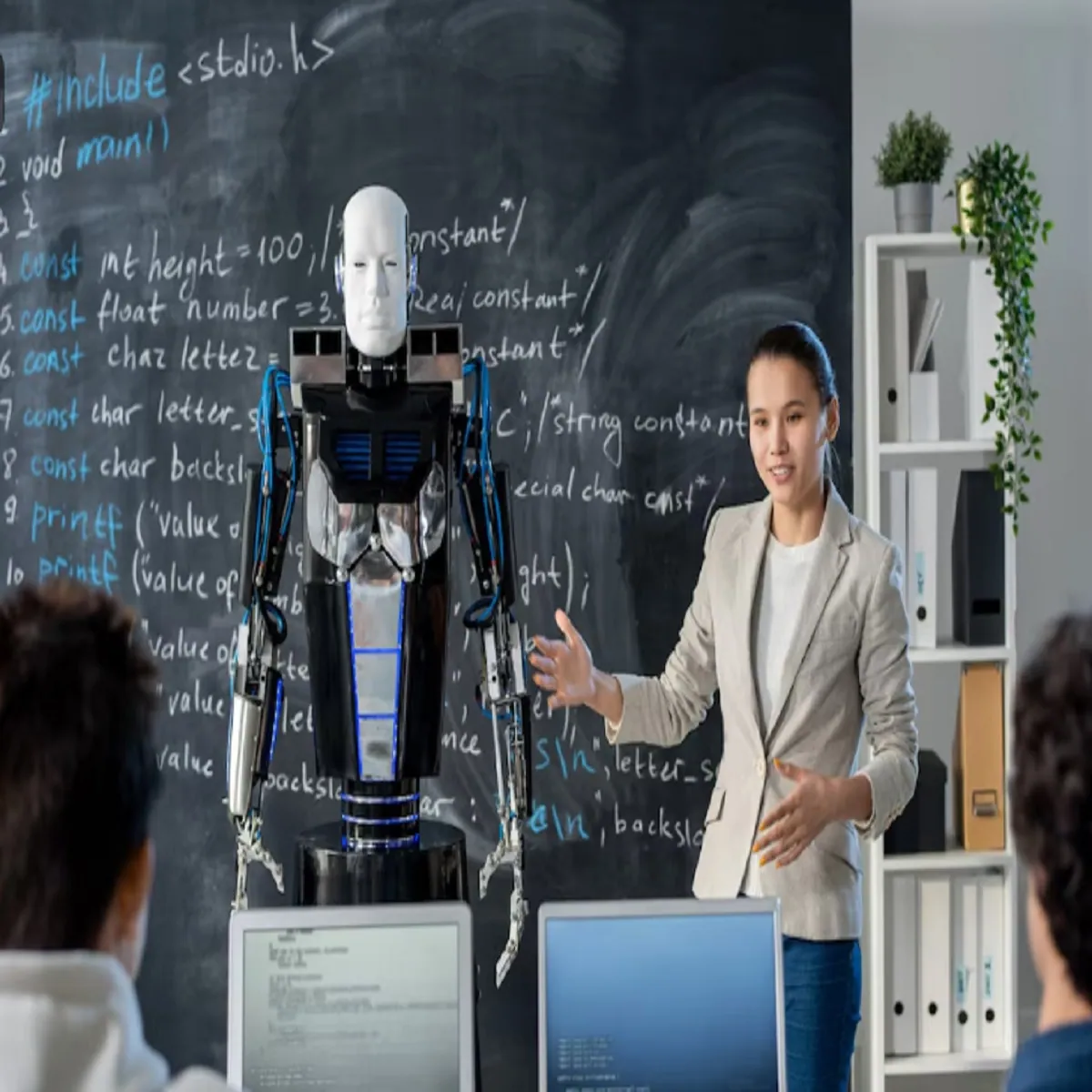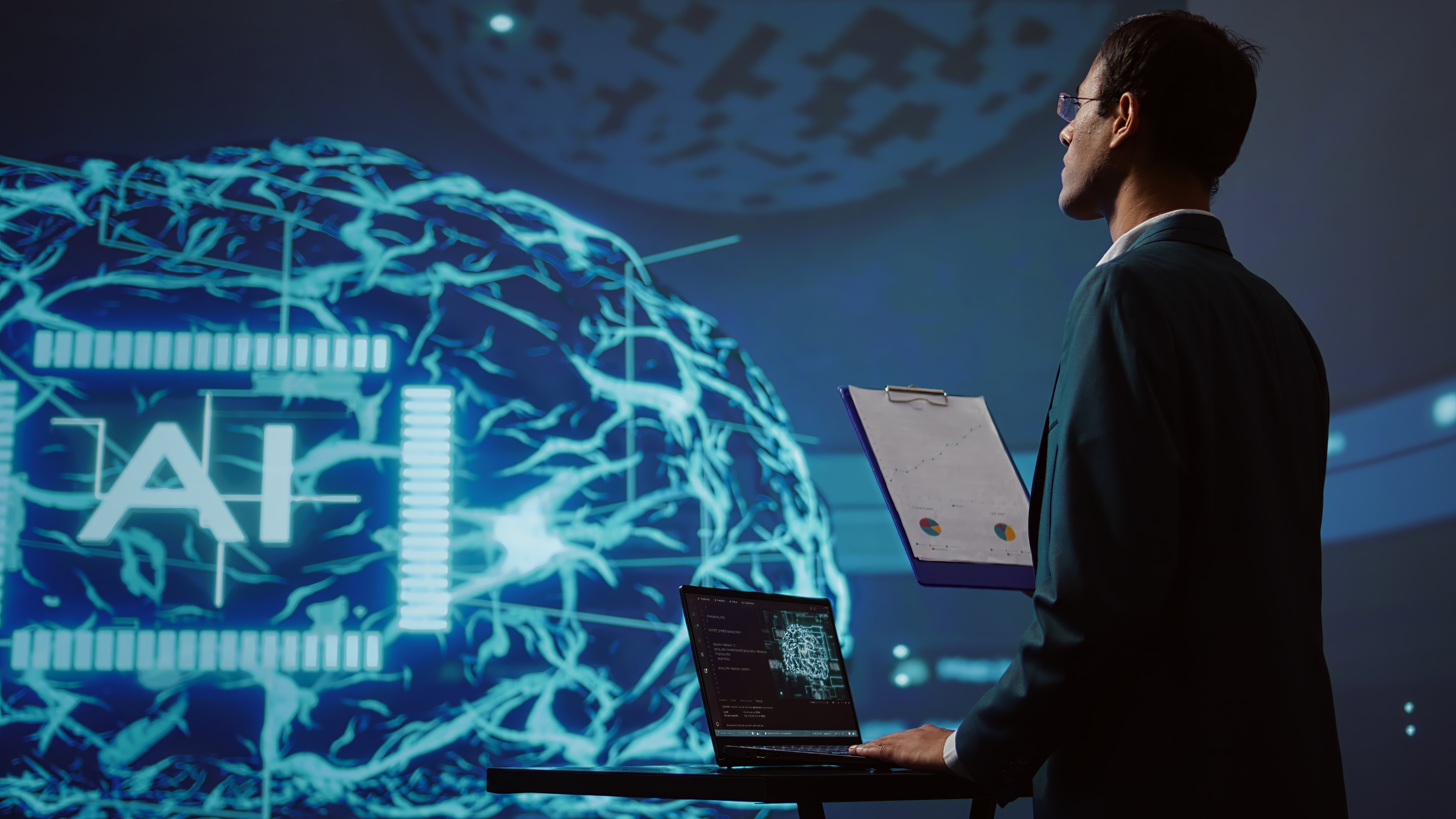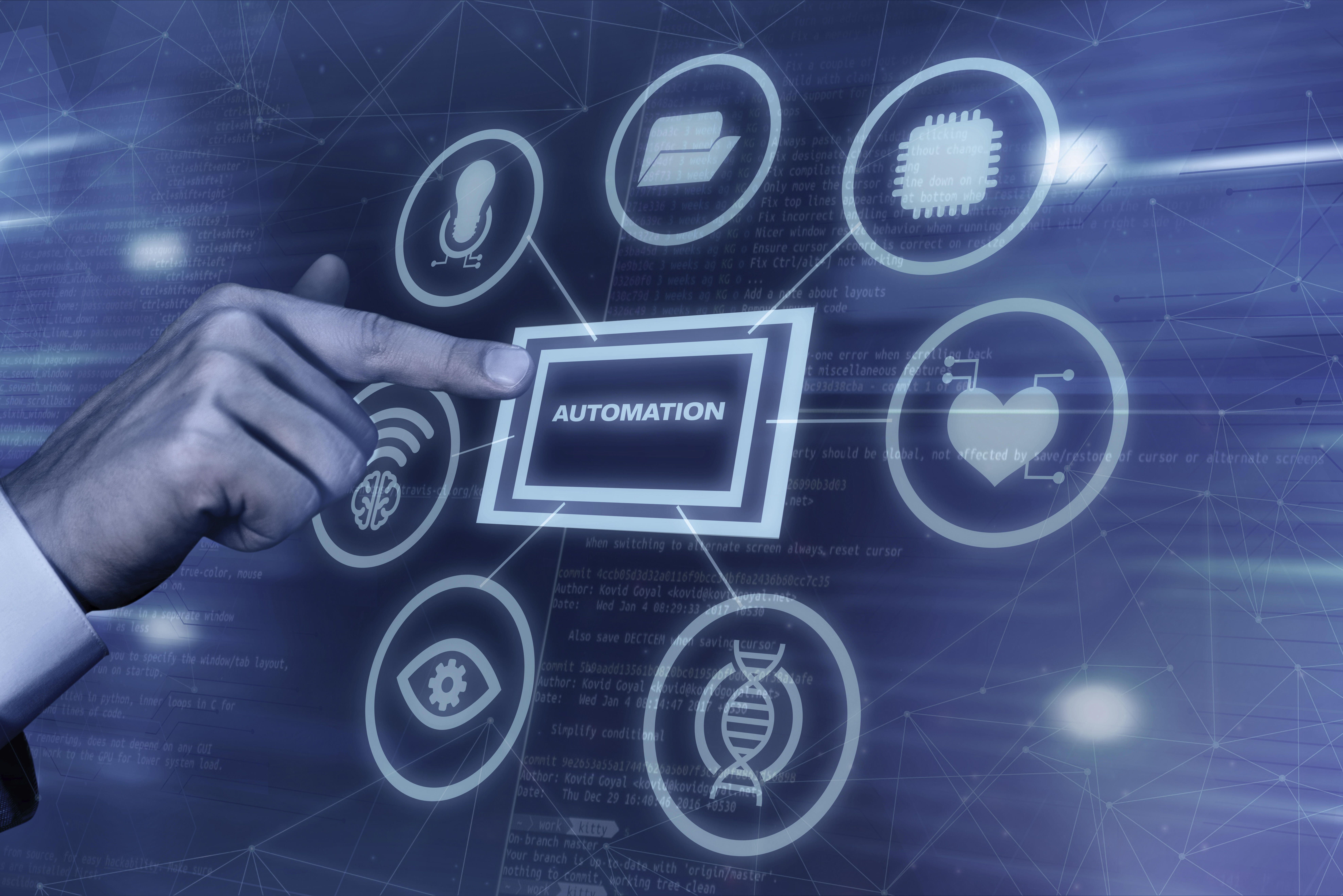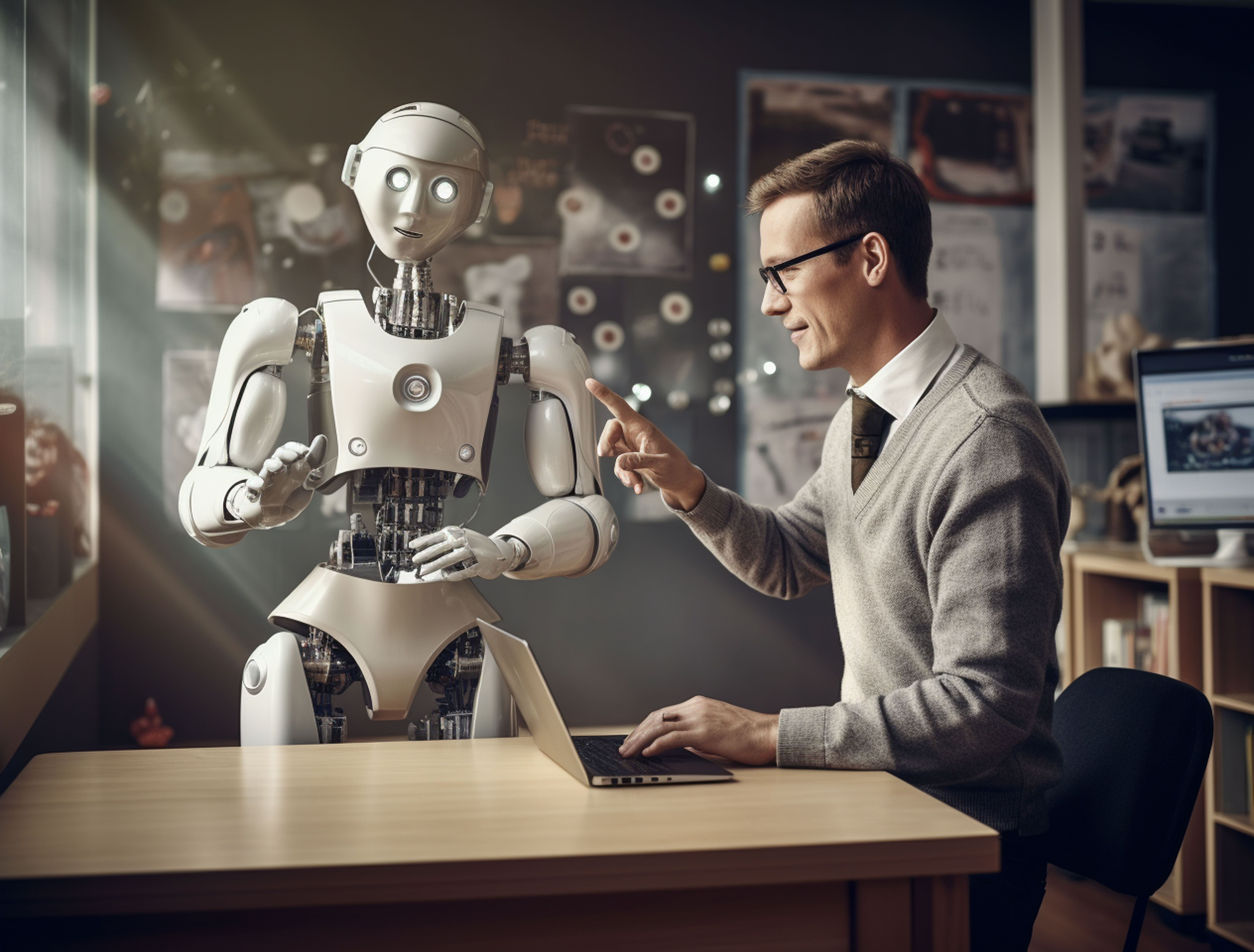What is Deep Machine Learning? A Complete Guide for Beginners
Why Should You Learn About Deep Machine Learning?
Are you curious about how technologies like voice assistants, self-driving cars, or Netflix recommendations actually work? Have you ever wondered how your phone understands your voice or how YouTube seems to know exactly what video to suggest next? These incredible features are not just science fiction—they're made possible by a powerful area of artificial intelligence known as deep machine learning.
It’s the technology behind many smart systems we use every day, and it’s changing the way we live, work, and communicate. Whether you’re a complete beginner, a student exploring career options, or someone thinking about switching into a tech-focused role, this guide is here to help. You’ll discover what deep machine learning is, how it works behind the scenes, and how you can start learning it step by step—all explained in clear, simple language.
What Does this Guide Cover?
In this guide, we’ll walk you through the basics—what is deep machine learning, how it works, the tools used, and why it’s different from traditional machine learning. We’ll also explore real-world applications and show you how you can start learning it yourself. Each section is designed to be easy to understand, even if you don’t have a technical background.
Who is this for?
If you’re just starting your journey into the world of AI, this guide is for you. Maybe you’ve heard about deep learning in the news or seen job posts mentioning it, but don’t quite understand what it means. Don’t worry—you’re not alone. This resource is built for people just like you who want to learn in a clear, step-by-step way.
Why Does Deep Machine Learning Matter Today?
Deep machine learning is one of the fastest-growing fields in tech, driving innovations in industries like healthcare, finance, entertainment, and transportation. Learning it now gives you a strong foundation to join a future-focused field with exciting career opportunities. By the end of this guide, you’ll have a clear understanding of deep machine learning and how to take your first steps toward mastering it.
What is Deep Machine Learning?
Deep machine learning is a type of artificial intelligence that allows computers to learn and make decisions on their own, just like humans—only much faster. It uses a structure called a neural network, which is inspired by how our brains work. These networks are made up of layers that process data step by step to recognise patterns, make predictions, or even generate new content. If you’ve ever used a face filter on Instagram or spoken to a chatbot, chances are deep learning was behind it.
Why is it Called "Deep"?
The word "deep" refers to the number of layers in a neural network. A basic machine learning model might have just one or two layers of processing. In contrast, a deep learning model can have dozens—or even hundreds—of layers. Each layer learns something different from the data and passes it along to the next layer for further processing.
Machine Learning vs Deep Machine Learning
You might be wondering: what’s the difference between machine learning and deep machine learning? Think of machine learning as teaching a computer how to learn from data using rules or features that we define. For example, in traditional machine learning, we might tell a computer to look at the shape or colour of an object to recognise it.
Real-World Examples
Deep machine learning is already all around us. It powers voice assistants like Siri and Alexa, helps Netflix recommend shows, and allows self-driving cars to detect obstacles. It's also used in healthcare to spot diseases and in finance to detect fraud.
How Does Deep Machine Learning Work?
At its core, deep machine learning is all about teaching computers to learn from data on their own. Instead of programming a computer with every rule it needs to follow, deep learning models look at huge amounts of data, find patterns, and make predictions based on what they’ve learned. For example, if we want a computer to recognise images of cats, we feed it thousands of pictures of cats and other animals.
Role of Artificial Neural Networks
Deep learning relies on artificial neural networks, which are inspired by how our brain works. Just like our brain is made up of neurons that process information, a neural network is made of artificial "neurons" that work together to process data. These neurons are arranged in layers: the input layer (which receives the data), hidden layers (where the learning happens).
Step-by-Step Explanation of How Deep Learning Models Learn
- Feeding Data: We start by providing data to the model, such as images, text, or sound.
- Forward Pass: The data is passed through the layers of the neural network, and each layer processes the data.
- Error Calculation: The model makes a prediction, and the difference between the prediction and the actual answer is calculated.
What are the Key Concepts in Deep Machine Learning?
At the heart of deep machine learning lies the concept of neural networks. These are computational models inspired by the human brain. A neural network consists of layers of neurons, which are tiny processing units that learn from data. The network is structured in three main layers: The input layer is where the data enters the network. For instance, when training a model to recognise images of cats, the input layer receives pixel data from an image.
Activation Functions: Helping the Model Learn
Once the data passes through the layers, we need a way to decide how important each feature is. This is where activation functions come in. Activation functions introduce non-linearity into the model, which allows the network to learn more complex patterns. Two commonly used activation functions are ReLU (Rectified Linear Unit) and sigmoid.
Training, Testing, and Validation
To create an effective deep learning model, we need to follow a systematic process of training, testing, and validation. During training, the model learns from the data by adjusting its internal parameters. After training, the model is evaluated using testing to see how well it generalises to new, unseen data. This helps us gauge its performance in real-world situations. Overfitting and Underfitting.
Overfitting and Underfitting
When training a deep learning model, it’s important to avoid two common issues: overfitting and underfitting. Overfitting occurs when the model learns the training data too well, including its noise and irrelevant details. As a result, it performs poorly on new data, unable to generalise. On the other hand, underfitting happens when the model is too simple to capture important patterns in the data.
What are the Different Types of Deep Machine Learning Models?
There are several types of deep machine learning models, each designed to handle different types of data and solve specific problems. These models vary in structure and function, and each one has unique strengths depending on the task at hand. For example, some are better at processing images, while others are ideal for understanding human language or predicting trends over time. Choosing the right model is an important step in any AI project because it affects how well your system can learn, adapt, and make accurate decisions. Whether you’re working with photos, videos, text, audio, or numbers that change over time, there's a model that fits.
Convolutional Neural Networks (CNNs)
CNNs are mainly used for image-related tasks. They are great at recognising patterns in visual data, like identifying objects, faces, or scenes in photos. What makes CNNs special is their ability to focus on different parts of an image using filters, almost like a human looking closely at one detail at a time. You’ll often find CNNs powering systems behind facial recognition, medical image analysis, and even self-driving cars.
Recurrent Neural Networks (RNNs)
RNNs are used when the data has a sequence—like text, speech, or time series. These models can remember information from previous steps and use it to understand the context of what comes next. For example, when predicting the next word in a sentence, an RNN uses the words that came before it to make a more accurate prediction. RNNs are commonly found in language translation tools.
Transformers and More
Transformers are a newer and more powerful type of model used for handling complex language tasks. They can process large amounts of text all at once, rather than step-by-step like RNNs. This makes them faster and more accurate for tasks like chatbots, summarisation, and question answering. Transformers are the backbone of models like ChatGPT and Google’s BERT.
How is Deep Machine Learning Different from Traditional Machine Learning?
Both deep learning and traditional machine learning aim to help machines learn from data, but they work in different ways. Traditional machine learning usually requires manual feature extraction. This means a human must decide what parts of the data the model should focus on. For example, if you want a traditional model to recognise handwritten digits, you might manually program it to focus on edges or curves.
When to Use Deep Learning Over Traditional ML
Traditional machine learning is best when you have a smaller dataset and well-structured data (like numbers in a spreadsheet). It’s often faster to train and easier to understand. On the other hand, deep learning is ideal for large datasets and more complex inputs like images, audio, and natural language. If you’re building a facial recognition system or a voice assistant, deep learning is the better choice.
Pros and Cons of Each Approach
Traditional machine learning has the advantage of being simpler, faster to train, and easier to explain. However, it may not perform as well on unstructured data. Deep learning, while more powerful and flexible, often requires more data, more computing power, and longer training times. It can also be harder to interpret because of its complex structure.
Real-World Examples of Both in Action
Traditional machine learning is commonly used in tasks like credit scoring, spam detection, and basic recommendation systems where the rules and features are fairly straightforward. For instance, a bank might use a traditional ML model to predict loan defaults based on customer data like income, credit score, and payment history.
What are the Applications of Deep Machine Learning?
One of the most popular uses of deep machine learning is in recognising images and speech. Models can now identify faces in photos, detect objects in real-time videos, and even read handwritten text. For example, social media platforms use deep learning to automatically tag friends in photos. In speech recognition, tools like voice assistants (Siri, Alexa, or Google Assistant) can understand spoken commands and respond naturally.
Self-Driving Cars
Self-driving or autonomous vehicles are another exciting area powered by deep learning. These cars use a combination of cameras, sensors, and deep learning models to "see" the road, recognise traffic signs, detect pedestrians, and make decisions. The system processes visual data from the surroundings and makes real-time driving choices—just like a human driver, but often with greater precision and faster reaction times.
Chatbots and Language Translation
Ever chatted with a customer support bot online or used Google Translate? These tools are powered by natural language processing (NLP), a field where deep learning excels. Chatbots understand questions, respond with relevant answers, and even simulate human-like conversation. Language translation tools use deep models to understand.
Use Cases in Healthcare, Finance, and Entertainment
Deep learning is also revolutionising industries like healthcare, finance, and entertainment. In healthcare, it helps doctors detect diseases from X-rays or MRIs. In finance, it’s used for fraud detection and stock market predictions. Streaming platforms like Netflix and Spotify use deep learning to suggest movies or music based on your past behaviour.
What Tools and Technologies are Used in Deep Machine Learning?
TensorFlow, developed by Google, is one of the most widely used deep learning frameworks. It provides a comprehensive set of tools for building, training, and deploying deep learning models, supporting a wide range of machine learning tasks, from simple to advanced applications. Another popular framework is PyTorch, known for its flexibility and ease of use, making it especially favoured by researchers.
Programming Languages: The Backbone of Deep Learning
The primary programming language for deep machine learning is Python. It’s widely used because of its simplicity, readability, and the extensive libraries available for data science and machine learning. Libraries like NumPy, Pandas, and Matplotlib help with data manipulation, analysis, and visualisation, while SciPy and Scikit-learn offer tools for machine learning and statistical computations.
Data and Computing Requirements
Deep learning models typically require large amounts of data to learn effectively, and this means robust computing power. Training a model involves processing thousands, if not millions, of data points. Graphics Processing Units (GPUs) are essential for speeding up the training process, as they can handle multiple operations simultaneously.
How to Start Learning Deep Machine Learning as a Beginner?
Before diving into what is deep machine learning, it’s important to develop a solid foundation in a few key skills. First, math plays a crucial role, especially concepts like linear algebra, probability, and calculus, which are essential for understanding how models learn. Python is the programming language most commonly used in deep learning due to its simplicity and the vast collection of libraries it offers, such as TensorFlow and PyTorch.
Free vs Paid Courses
When it comes to learning deep machine learning, there are both free and paid resources available. Free courses, such as those on platforms like Coursera and edX, can provide a solid introduction to the topic. However, paid courses often offer more structured content, one-on-one support, and hands-on projects. LAI's beginner-friendly deep learning course is a great starting point for those looking to get hands-on experience while learning fundamental concepts.
Hands-on Projects and Finding Datasets
Once you’re familiar with the basics, it’s crucial to get hands-on experience. Projects help solidify your learning and allow you to apply what you’ve studied in a practical way. Websites like Kaggle offer datasets that you can use to build models and test your skills. Participating in challenges or working on personal projects will not only improve your understanding but also make you more competitive in the field.
Building a Learning Plan and Staying Consistent
Deep machine learning can seem overwhelming at first, but breaking down your learning process into smaller, manageable steps is key to success. Start by setting realistic goals, such as completing a beginner-level course or mastering a specific framework. Consistency is crucial—set aside regular time for learning and practice
Conclusion
In summary, what is deep machine learning is the study of advanced AI techniques that allow machines to learn from large datasets through complex models like neural networks. It plays a crucial role in driving innovations in fields such as healthcare, finance, and technology. For beginners, it's never too early to start your deep learning journey—there are plenty of resources available to help you grow your skills. We encourage you to explore more and unlock your potential with LAI’s learning platform, offering courses designed to guide you every step of the way.









